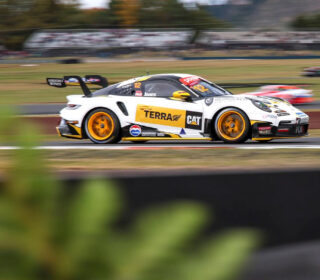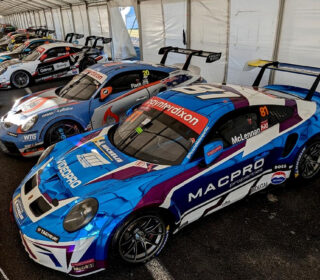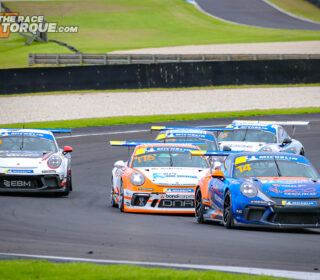THE DTM AT BRANDS HATCH EXPERIENCE
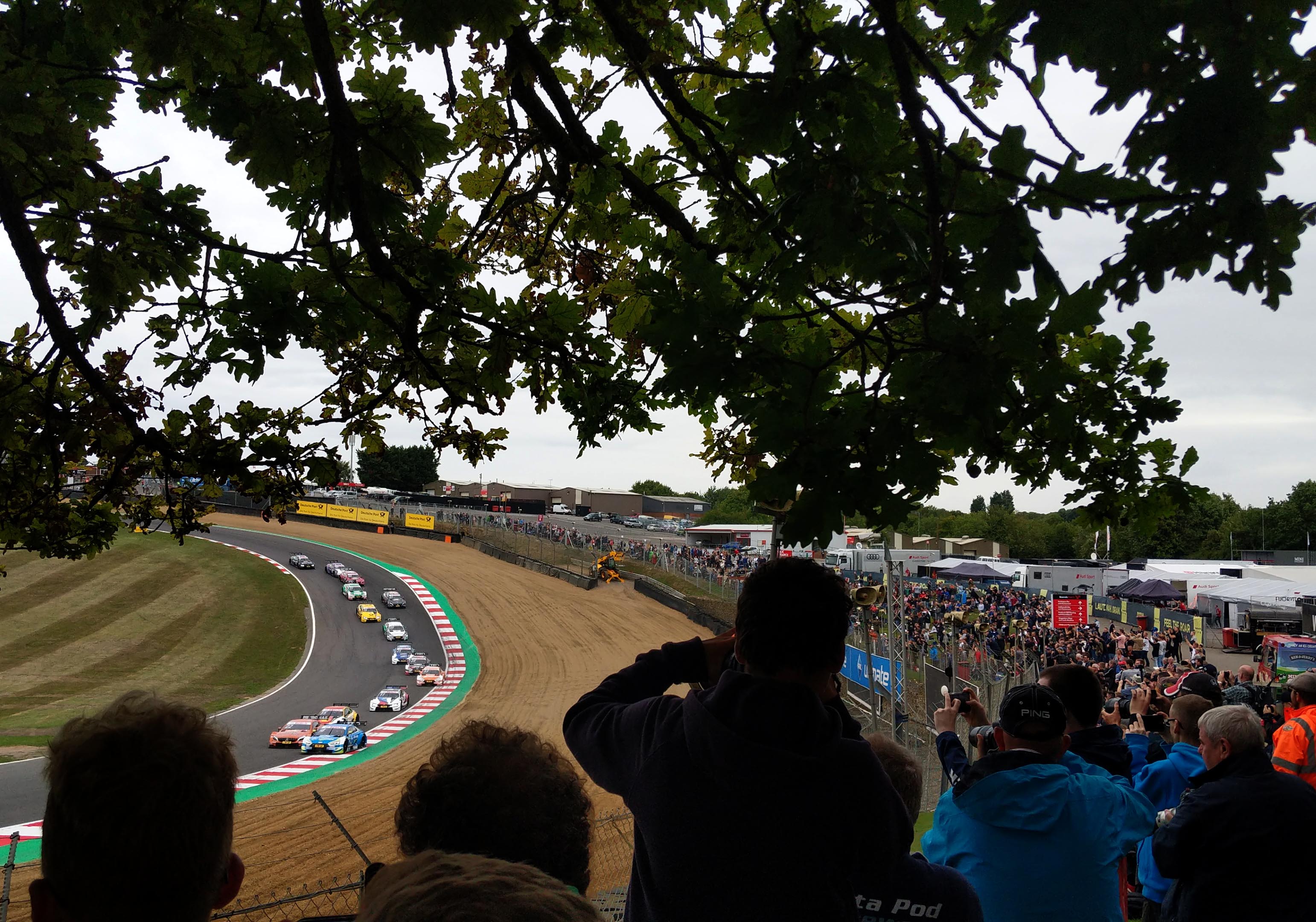
LIKE SO many circuits with proper elevation, Brands Hatch’s Paddock Hill Bend is steeper than it looks on television.
From the viewing area on the corner exit, the ribbon of tarmac comes into view at the exit of pit lane – it climbs gradually while at the same time showing it’s banking with camber to drivers’ right and deceptively quick.
Though the drop from the apex down to the compression at the bottom of the hill looks steep on TV, it is more dramatic a change in undulation in real life: cars violently plummeting what I can only guess is 20-25 meters of elevation change in about the same distance, before instantly climbing again into the druids hairpin.
If it is comparable to anything in Australia – it’s probably not – it feels like Reid Park at Mount Panorama. The compression could be the Metal Grate and the run to druids the acceleration up to McPhillamy – though that corner shares nothing other than bitumen with it’s Brands Hatch counterpart.
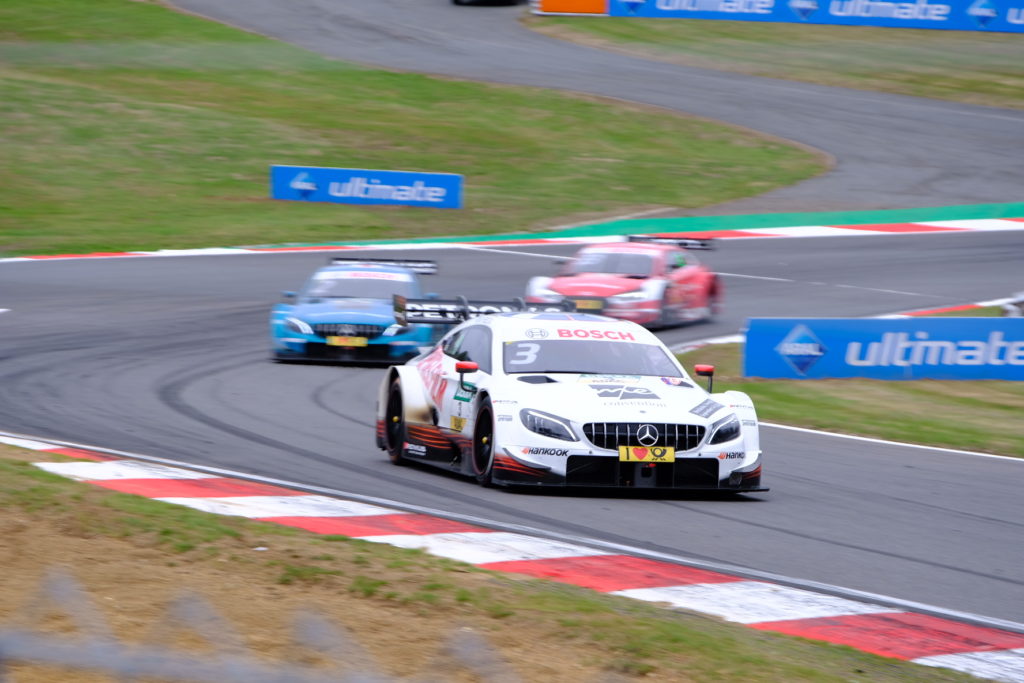
From the exit of Paddock Hill, you can’t see cars in pit lane but you can hear them and it’s in that way we receive our first introduction to the cars of the Deutsche Tourenwagen Masters – DTM – the German idea of what a Touring Car Formula should be.
As the cars, Audi, Mercedes-Benz and BMW alike, get to the control line and disengage their speed limiters it’s like being projected into the world of Formula 1 in the mid 1990s, for these cars could easily be powered by a Cosworth DFZ V8.
Whereas a NASCAR V8 registers on the lower end of the audio spectrum (it’s all bass) and an Aussie Supercar is somewhere in the middle – bassy down low before rising to a gravelly baritone as it rises up the rev range – a DTM V8 is at the other end entirely.
At lower revolutions it’s pure Cosworth and as it rises to the 9,000 RPM limit it becomes almost a shriek, ranging on the upper limit of what ears can generally tolerate. They sound like Formula One cars with bodywork. To an open wheel purist, especially, they sound fantastic.
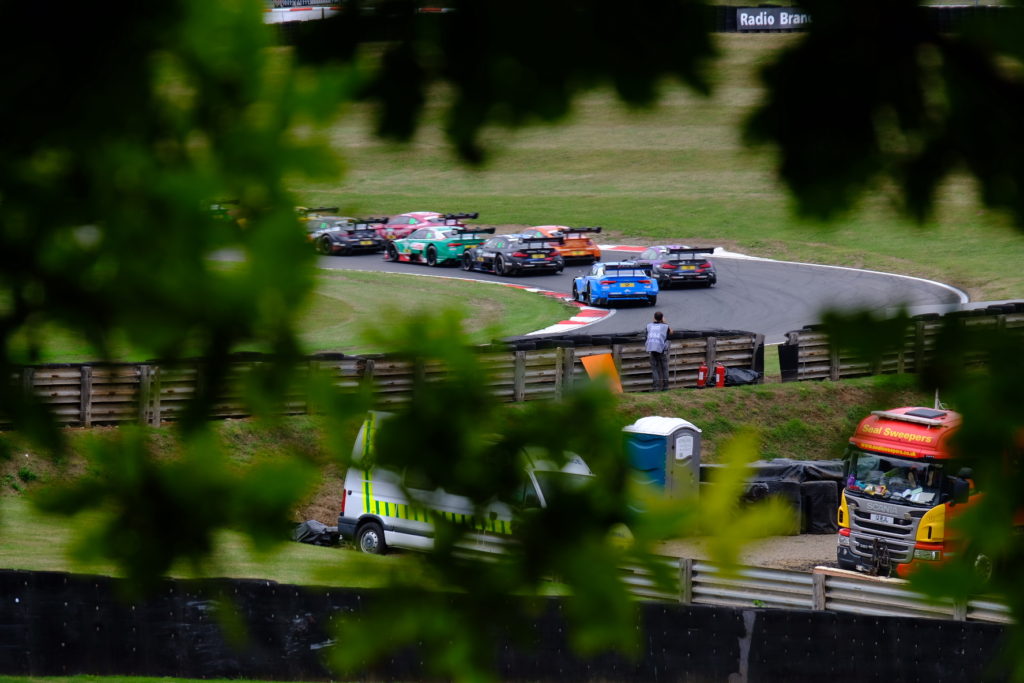
It’s not the first place where the DTM differs to other categories in the way that they go car racing, for in a typically Germanic way they’re very efficient and geared towards maximum performance – to the point where they stressed about reducing the downforce on the cars recently, in order to improve their ability to actually, you know, race.
At just over 1,100kg the cars are light and they are bestowed with ridiculous amount of downforce, even in their reduced 2018-specification. It means they are shatteringly quick and visually they are more like an open-wheeler in the way they behave, rather than a Touring Car.
There’s no lumbering here – the cars rotate into a corner with remarkable speed; true ‘areo’ racers using their downforce and braking performance to enter a corner quicker than you’d think a C-Class Mercedes or Audi A4 really should.
On the full Brands Hatch Grand Prix circuit – which, by the way, is a wonderfully old-school throwback to the days where OH&S were secondary to making an awesome circuit lodged in the middle of a wooded area – they are impressive.
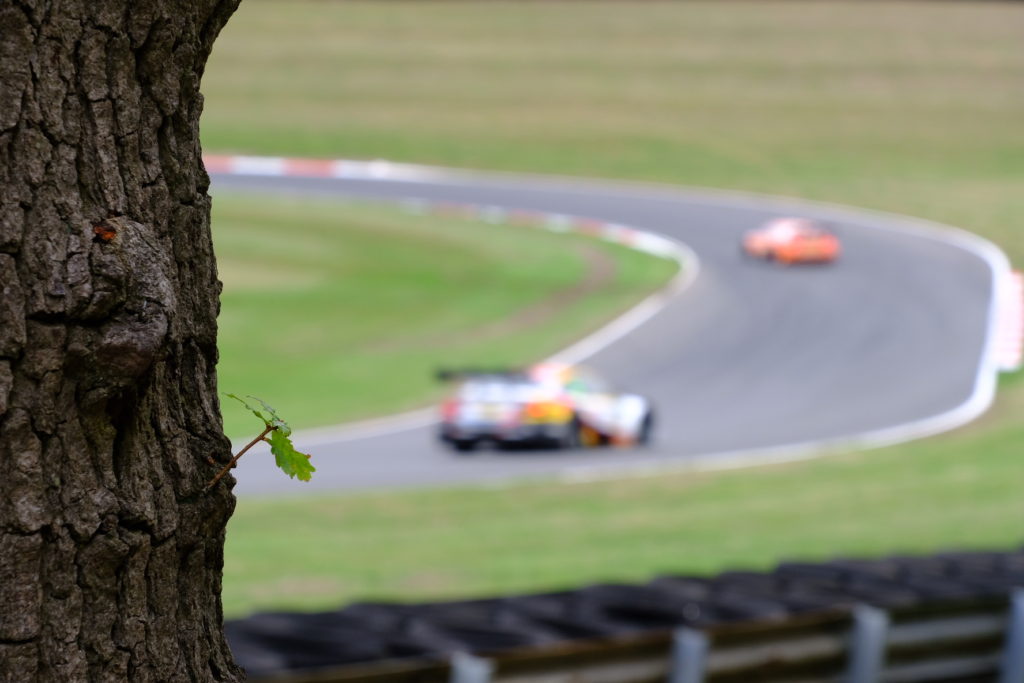
On their first ever run on the long track, Mercedes’ driver Gary Paffett’s pole time of 1m17.94s was five seconds quicker than the GT3 record and thirteen than the British Touring Car Benchmark.
Perhaps more impressively, the cars are only five seconds slower than A1GP racers lapped the nearly 4-km circuit the last time they visited.
Put it this way; people we spoke to said Phillip Island would be about a 1m20-second exercise for a DTM car. Those with simulators suggested Bathurst would be in the range of 1m55 – perhaps quicker.
So the cars tick a lot of boxes in the column marked ‘trackside appeal’, for sure. They’re fast, loud and from a ‘watching cool racing cars at a track’ perspective they are hard to not enjoy.
But racing is about more than that and it’s here where things start to become a little less clear.
The 2018-specification format the championship is using is run over two days, with a practice, qualifying and 55-minute race plus one lap held on each day.
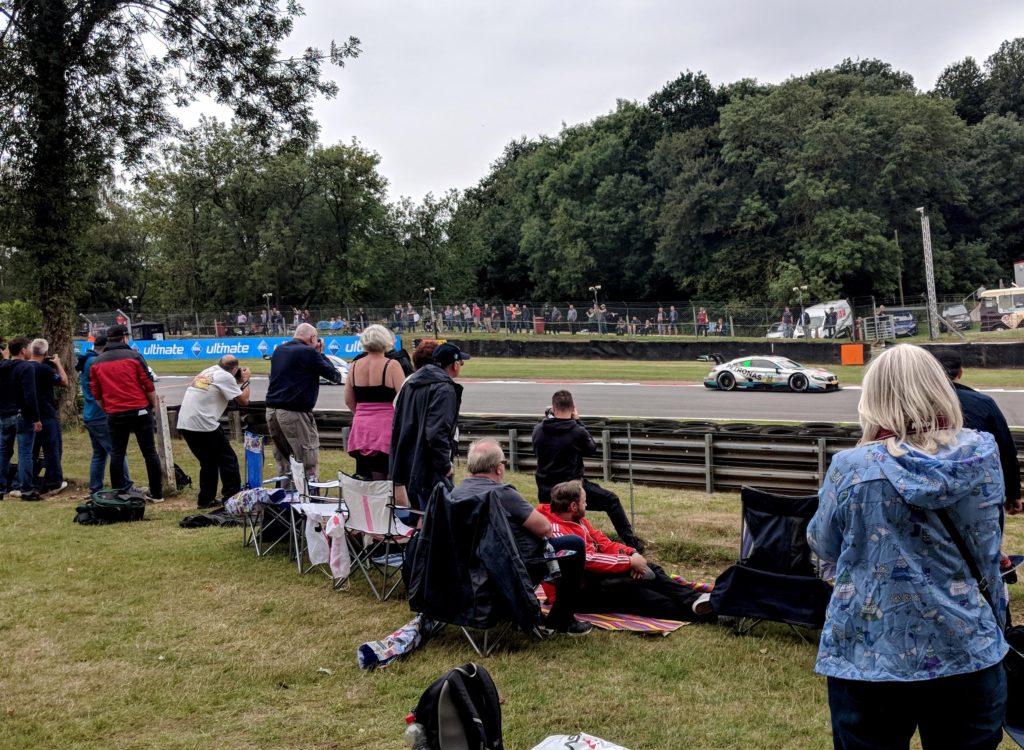
For a category running at this level and this expense it doesn’t seem like an enormous amount of track time.
And because the cars are what they are, and because Brands is hard to overtake on at the best of times, the racing definitely leans more to Formula One than it does crash-n-bash Touring Cars.
Where I think Supercars bridges the gap between the two well; it has enough combat to be entertaining but enough strategy to keep the propeller heads happy. DTM is a more cerebral affair.
Overtaking is hard and races rely on qualifying and early track position to deliver results. In 55-minutes, the number of strategic opportunities to ‘roll the dice’ are significantly less than, say, a 200-km Supercars Sunday.
And yet this is generally OK because 55-minutes is a nice enough time to enjoy loud and fast racing cars passing by even if they aren’t exactly putting on the best show.
The biggest thing – and this may well be a event-specific thing – was that the event itself was lacking.
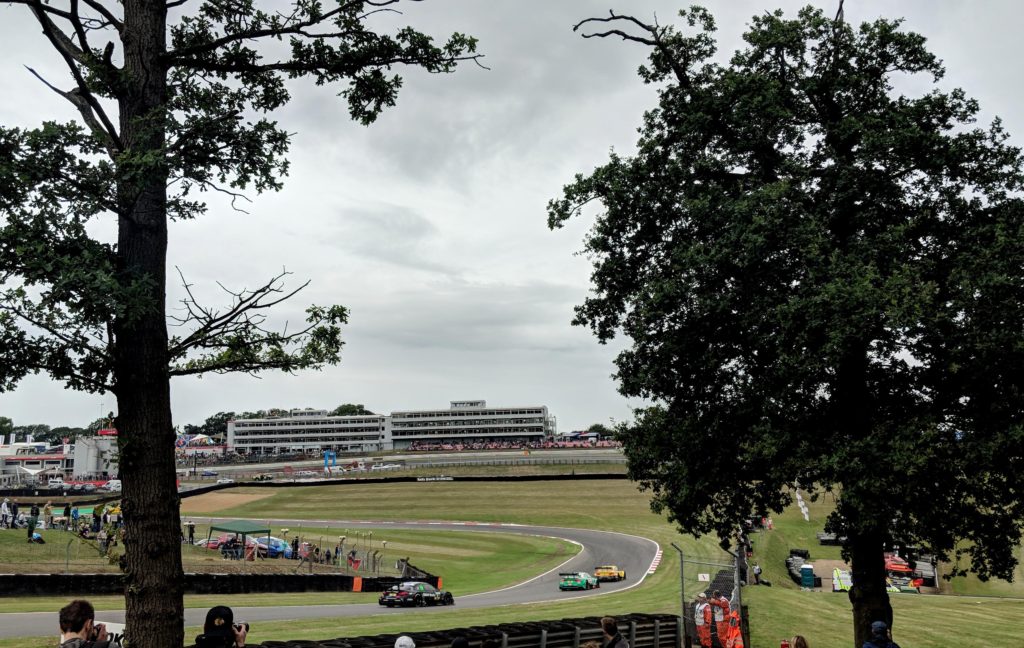
Your 40GBP – about AU$70 – per day access didn’t exactly buy you a full support program.
Outside of the headline act, the Brands undercard included an Audi R8 Cup race each day, and two MINI Challenge races. There was also a 10-minute demonstration of two lovely old Formula one cars – a mid-90s Footwork and Scuderia Italia Dallara – though that felt somewhat neutered on account of the Safety Car leading them around.
Certainly old mate in the R8 Pace Car was having the best time at Brands that day.
There was a decent merchandise area, the usual trade stands and promotions from the very engaged manufacturers.
But if you went there to watch motor sport then I’m afraid you’d be disappointed.
Still, the crowd was good. Though it looked small on TV, in fact it was spread throughout the entire venue. The Brands Hatch GP circuit isn’t used often these days and it seemed there were plenty of people taking the advantage of using the vast General Admission access to explore the venue.
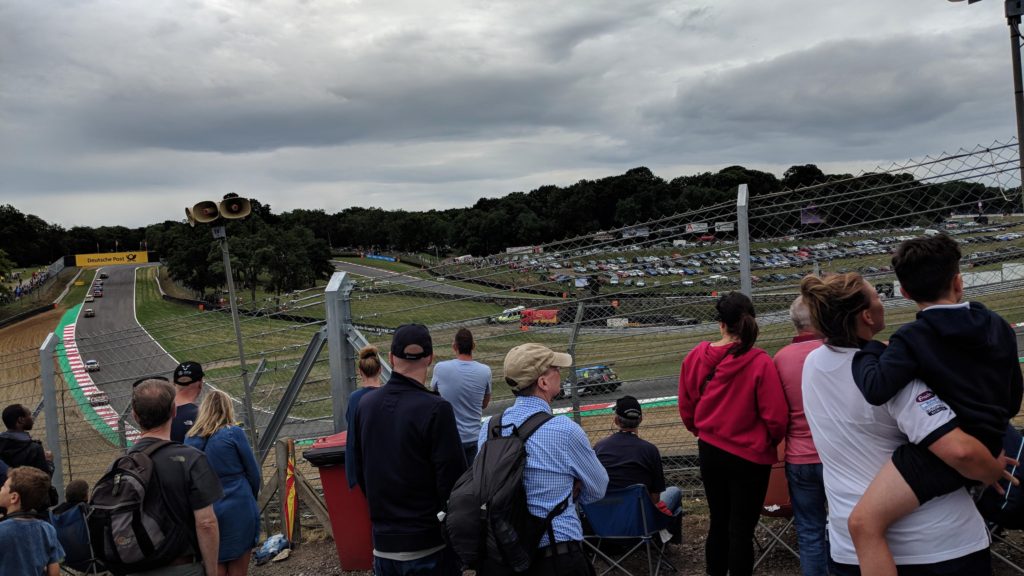
The DTM is in an interesting phase of evolution, as Gerhard Berger leads it towards convergence with Japan’s GT series which can hopefully create a new era of international racing which is likely to have a fascinating crossover of Germanic efficiency and Japanese idiosyncrasy that could be a compelling mix.
Should they keep the visceral nature the DTM cars currently enjoy, and add some more encouragement for wheel-to-wheel combat rather than Formula One-style cerebral feeling the category currently has, then the German’s may well have a sound argument to make in the age old ‘best Touring Car formula’ argument.
But at the moment, and having seen both live within the space of the week, I am very confident that what we enjoy back home remains a global benchmark for this style of racing.
I just wish Supercars revved to 9,000 RPM too…
WORDS: Richard Craill
IMAGES: Dwayne Blee / Richard Craill



